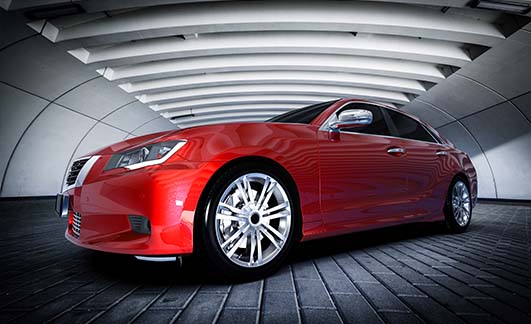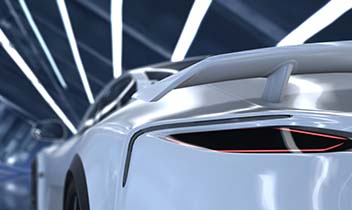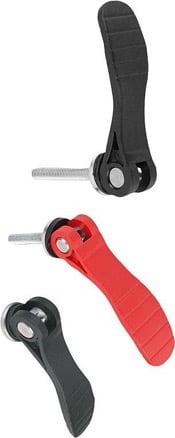
“Lightweighting” as a term, concept, and practice gained popularity in recent years with the imposition of and debate around the National Highway Traffic Safety Administration (NHTSA) Corporate Average Fuel Economy (CAFE) standards.1
Although introduced in 1975 as part of the Energy Policy and Conservation Act, subsequent CAFE modifications that placed stringent miles-per-gallon and emissions mandates on different vehicle classes gave the auto industry pause.2 How were manufacturers going to achieve CAFE goals that, for example, required all light duty vehicles to consume fuel nearly 40% more efficiently?2
The obvious but challenging solution was finding ways to effectively — and safely — reduce vehicle weights. The inversion was simple: less weight = more fuel efficiency and more environmental protection. The solution wasn’t quite as clear cut.
Enter engineering plastics. With properties similar to and sometimes better than metal at a fraction of the weight, plastics were a natural choice. Yet, touting metal-to-plastic conversion met a resistant OEM audience. After all, metal was strong, tough, and proven. How could plastic possibly compete?
Even as current CAFE legislation is being contested, automotive OEMs are rethinking lightweighting opportunities using engineering plastics. Collaboration with plastics materials experts and injection molders specializing in complex applications is pivotal in the transition.
Why? In a nutshell, plastics and composite formulations used in conjunction with or in replacement of metal parts do not compromise performance or safety. Further, they can offer what most metals cannot, including:
The structural and aesthetic advantages of Creamid® S have solved tough design and performance challenges for automotive manufacturers, as highlighted here:


The Creamid® S formulation provides substantial weight and cost reduction to vehicle manufacturers.
Teknor Apex recommended Creamid A3H7G8.2S-40% glass filled partially aromatic PA to address weight, dimensional stability, strength, stiffness, and surface finish demands posed by the functional rear spoiler of a high-performance vehicle.
Compared to previous designs, the Creamid® S formulation provided substantial weight and cost reduction because of its key characteristics, including:
Weight reduction is not only a hot topic in the automotive industry, other industrial applications can also benefit from the weight saving advantages of engineering thermoplastics. In the recent problematic industrial application example below Crosslinked Creamid® S was the ideal solution.
 |
The Teknor Apex V Creamid A3H2G7.1S-Cross-linked 35% glass, partially aromatic polyamide formulation was called upon to replace die cast aluminum cam lever fasteners and improve creep resistance of standard thermoplastics. Application requirements were highly specific:
Using crosslinked Creamid® S for the cam lever fasteners provided impressive results:
|
Pictured above: Cam lever fasteners
Lightweighting using reliable, durable engineering plastics like Creamid® S is an increasingly common and beneficial practice for manufacturers across industries. With help from plastics experts like Teknor Apex you can effectively problem-solve and take your application to the next level. Contact the Teknor Apex team to discuss your lightweighting challenges and needs. We’re here to help! Click the button below to reach out today!
SOURCES
1National Highway Traffic Safety Administration, Corporate Average Fuel Economy, Undated
2Alliance to Save Energy, Corporate Average Fuel Economy (CAFE) Standards, July 27, 2018